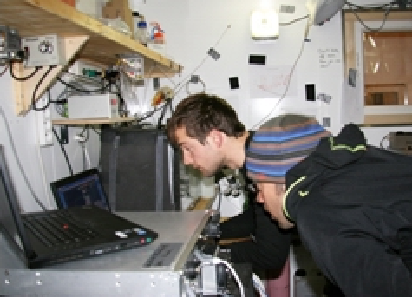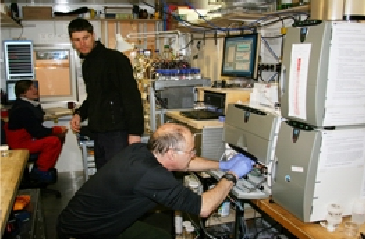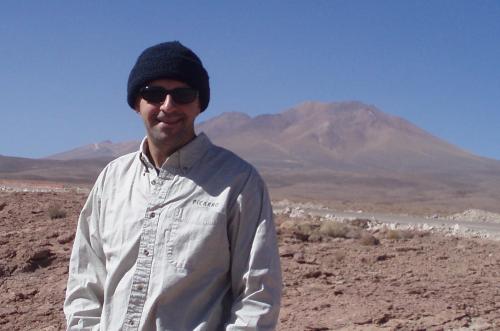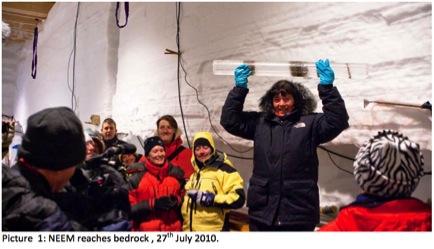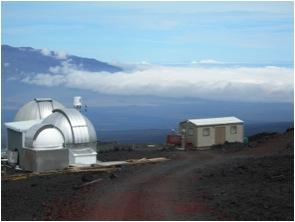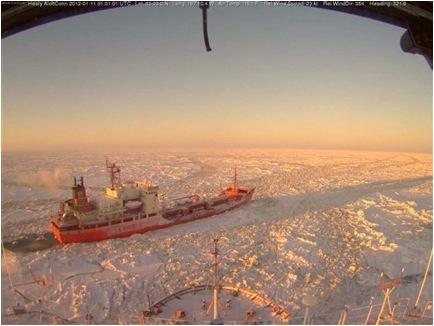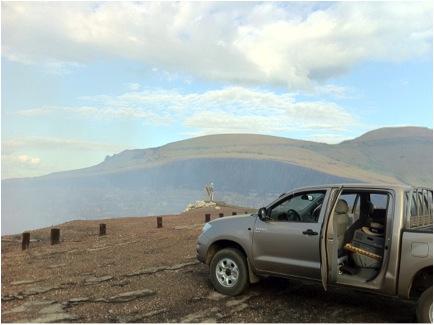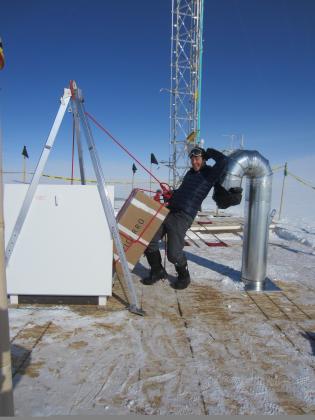The Urban Issue: why we need to start measuring cities now
One thing I probably do a little too much of in this job is travel. While it can be a hassle, you do get to see a lot of places, meet a lot of interesting people and grow on both personal and professional levels. And like all matters in life, there are the little things that bring a smile to your face; learning cultural stereotypes are indeed expressed through national train operations; most people are nice, courteous and generally happy to talk to a visitor; every local food/drink is just great; and last but not least, the in-flight magazines can be good entertainment.
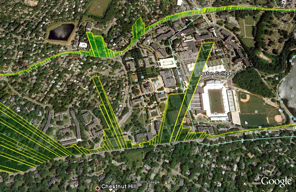

 Methane and City CarbonTM have become buzzwords here at Picarro. Surely anyone familiar with carbon emissions and climate change knows that methane is a potent greenhouse gas and most emissions originate from cities.
Methane and City CarbonTM have become buzzwords here at Picarro. Surely anyone familiar with carbon emissions and climate change knows that methane is a potent greenhouse gas and most emissions originate from cities.